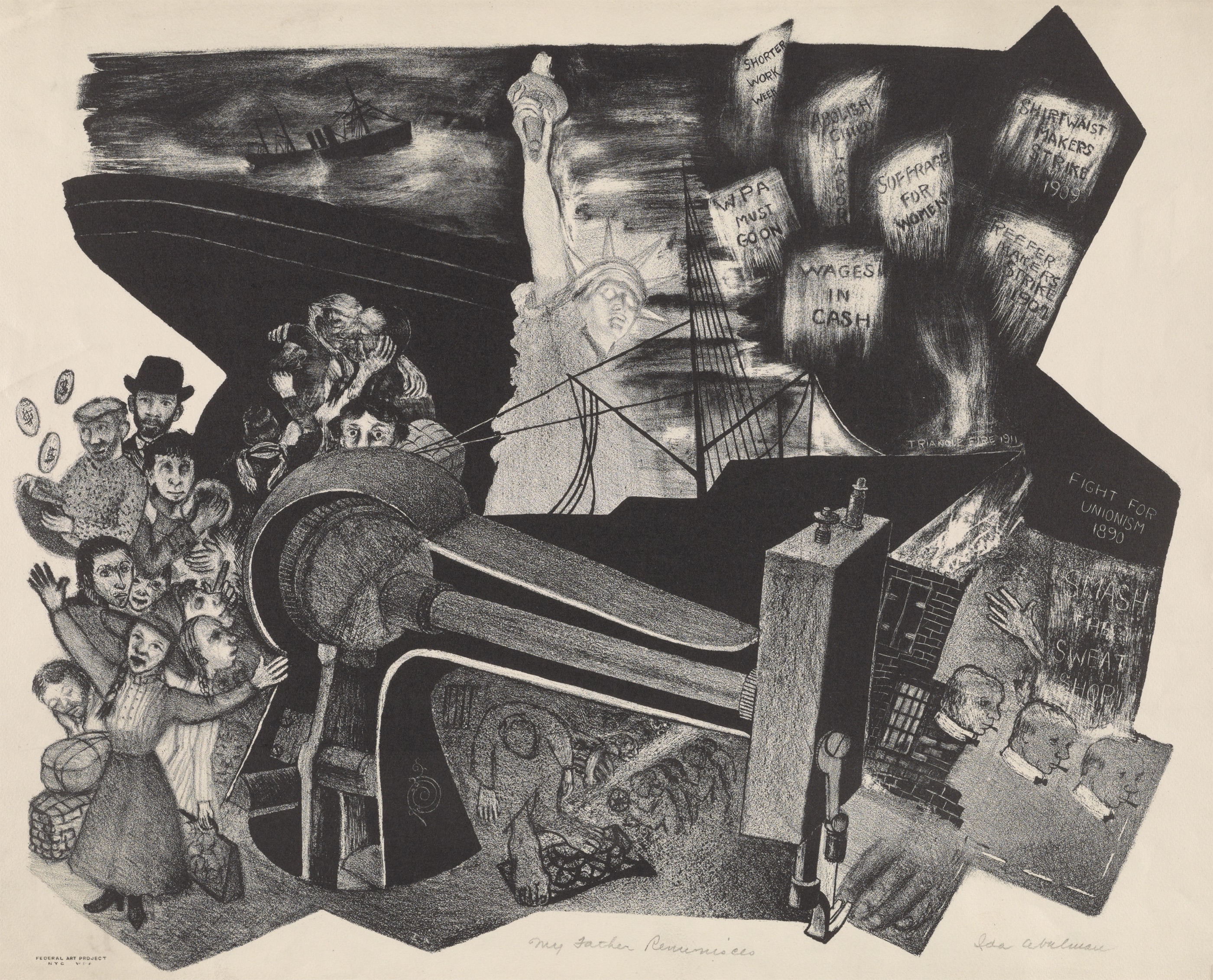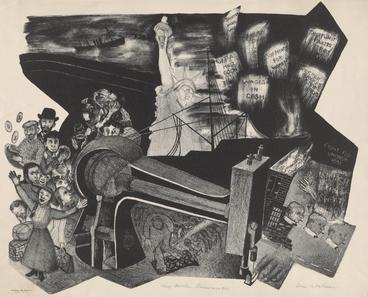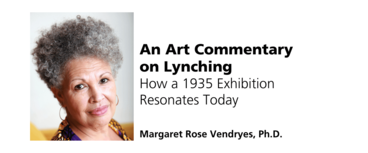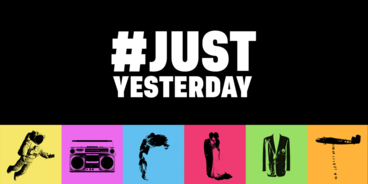On View: January 29 - May 16, 2021
In the midst of the Great Depression, visual artists in the United States were put to work through the relief efforts of the New Deal, not only to provide a living wage but to bolster the spirits of the general public. Many used the opportunity to portray various scenes of everyday life in the United States through images of modern and rural landscapes, leisure activities, and industrial growth, while others directed their viewers’ attention to economic toil and key social issues. Pressing Issues: Printmaking as Social Justice in the 1930s United States brings together work by artists who, through their art, produced radical critical commentaries on the social injustices plaguing the country in their time.
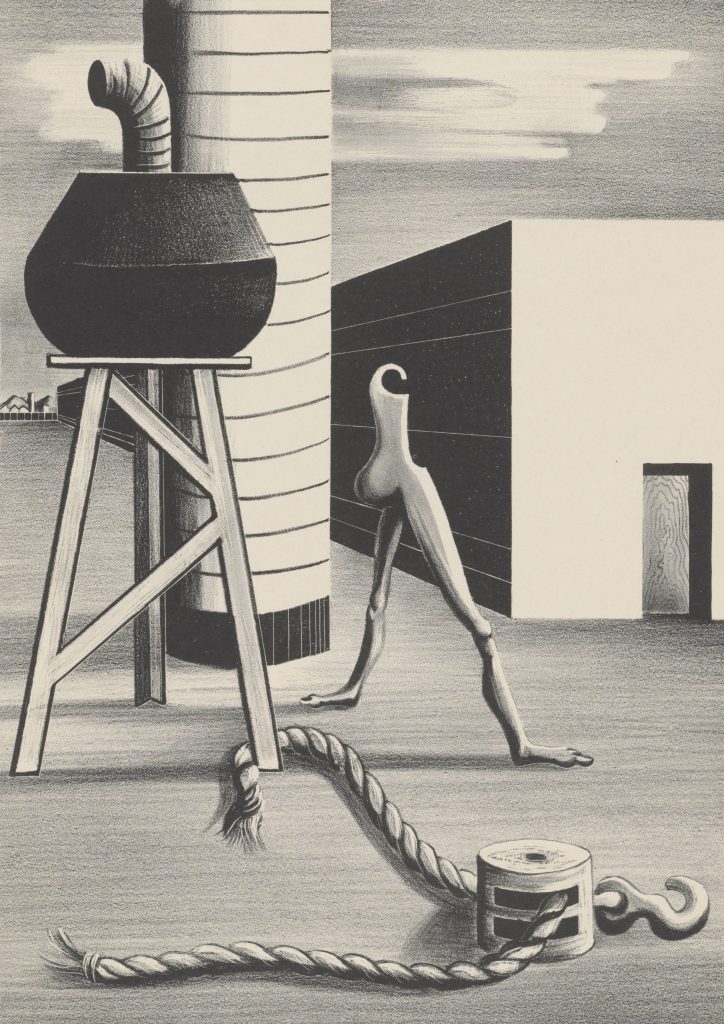
Organized by Krannert Art Museum (KAM) and relying primarily on rarely-displayed Works Progress Administration/Federal Art Project (WPA/FAP) prints in KAM’s strong collection of twentieth-century works on paper, the exhibition includes approximately 40 works organized into themes of labor unrest (exploitation, economic disparity, and gender inequalities), discrimination and racial violence, and reactions to the rise of fascism. Pressing Issues is an especially timely exhibition that connects this past to our present moment, as the current political climate in the United States is revisiting similar themes of isolationism and nationalism, populism and fascism, and racial violence.
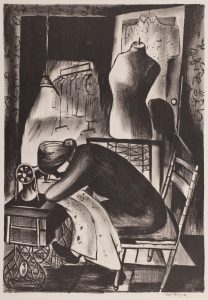
In addition to the pictorial language of class conflict, the exhibition features prints that condemn discrimination and racial violence. Prints by Florence Kent and Joseph Leboit depict the plight of Jewish refugees fleeing Germany, fearful of the horrific conditions of rising fascism, and the discrimination they encountered during a period of national isolationism. Pressing Issues will also feature works that critique the discriminatory practices and racial violence encountered by African Americans, particularly in the South. Hale Woodruff’s prints address living conditions in the South, as well as the brutal lynching violence inflicted on African Americans in the early twentieth century.
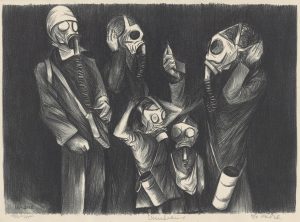
Pressing Issues also emphasizes traditionally underrepresented voices of women in the workforce, reflecting distinctions at play during this tumultuous era. Many male artists were aware of the gendered inequalities but typically depicted women in domestic settings or as a form of entertainment in burlesque/night club scenes. However, women artists, such as Minetta Good, Riva Helfond, Lilian Richter, and Kyra Markham, offered a powerful corrective, with prints that portrayed women’s productive role in the labor force: women as artists at work, women sewing (in factories or at home) and women asserting their role as laborers and earning a wage within the entertainment industry.
Given the social and economic upheaval experienced in the United States in the last decade, including the revival of fascist ideologies and the ongoing refugee crisis in America, Pressing Issues provides a visceral and much needed reminder of how visual artists call attention to and combat various forms of oppression.
Curated by Kathryn Koca Polite, Assistant Curator Krannert Art Museum, University of Illinois, where the exhibition debuted in fall 2020.
Browse images from the exhibition and related programs >>
Image credits (top to bottom): 1) Ida Abelman, My Father Reminisces, 1937. Lithograph. Allocated by the US Government, Commissioned through the New Deal art projects. 2) Herman Volz, Scab, 1937. Lithograph. Allocated by the US Government, Commissioned through the New Deal art projects. 3) Riva Helfond, Custom Made, 1938. Lithograph. 4) Chet La More, Civilians, ca. 1937. Lithograph. Allocated by the US Government, Commissioned through the New Deal art projects. All images courtesy of Krannert Art Museum.
